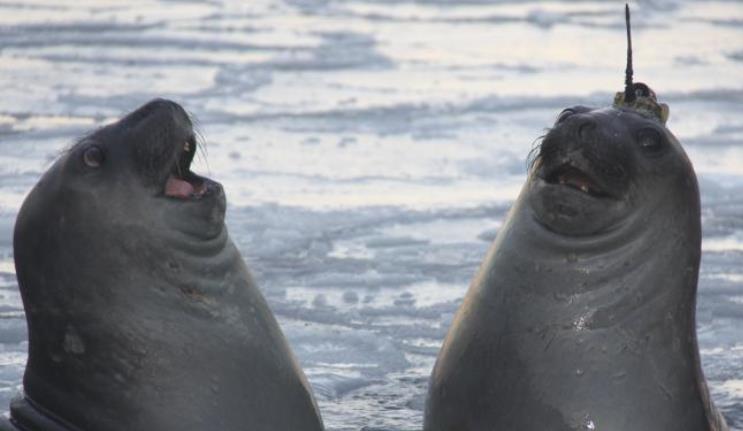
RESEARCH NEWS
Creating a Secure Planet
Scientists from Macquarie University are helping researchers around the world to understand how Antarctica helps drive global climatic systems – with some help from deep diving Antarctic seals.
The work is being undertaken under Macquarie’s Strategic Research Framework 2015 – 2024: World-Leading Research; World-Changing Impact: Secure Planet priority area.
The Secure Planet priority covers two themes: Living in a changing environment, where cross-disciplinary research teams explore and understand the environment and its chemical, biological, climactic, and physical variations across space and time, and Exploring planet Earth and beyond which explores everything from the internal structure of the Earth, to the habitability of extra-solar planets and galaxies in the furthest reaches of the universe.
Professor of Marine Ecology and Facility Leader of the Integrated Marine Observing System (IMOS) Rob Harcourt says that while scientists have long recognised that Antarctica and the Southern Ocean play an important role in regulating the world’s climate, gathering data in such as hostile and remote landscape is difficult – and expensive.
So over the past decade they have been fitting seals with state-of-the-art biotelemetry tags that record temperature and salinity levels whenever and wherever they dive and ‘tweet’ that data when they break the surface again.
“Because they dive to great depths, they are able to get to parts of the ocean that were previously unreachable by more traditional data-collection methods, especially during the polar winter when thick ice hampers data collection,” Harcourt says.
Another Secure Planet project demonstrates the breadth of research being undertaken in this area: Associate Professor Brian Atwell is working on ways to grow crops in a warming climate, and thinks that a native Australian rice species may hold the key.
His team has found a gene in heat-tolerant native rices from northern Australia that allows photosynthesis at higher temperatures – up to 45 degrees centigrade, long after cultivated rice crops stop growing – enabling higher productivity despite growing in highly arid and variable seasonal conditions.
Bayer CropScience, which supported this research has now undertaken two rounds of collaborative experiments in Belgium on plants with this unique Australian gene engineered into ‘intolerant’ host rice lines. The Macquarie research team believes this is a key strategy to protect against crop losses from the devastating heatwaves that are expected to be a feature of the world’s changing climate
“There will be a group of people who have an open mind about using wild plants in Australia to try to improve the 15 or 20 major foods that feed almost everybody on this planet,” Professor Atwell says.